Recently I was tweeted by a blogger I know who challenged me with a question around my baking; “why not develop your own formulas?” It was an exchange that led me from another quiet Sunday of baking with other people’s recipes, and relying on my own two feet, eyes, and hands. Concretely, I was going to take her up on her suggestion.
Without levain available, and since I was out of town, I relied on a commercial yeast along with a preferment, and one that would be imbibed with ale that was bottle conditioned. To make it interesting, I incorporated some ancient grains including teff and amaranth. Time was a factor, but I incorporated essential baker’s steps, like autolyse, held back about ten percent of water(bassinage), and since I had no mixed, using Richard Bertinet’s slap-and-fold method. Finally, it included intermittent folding during the first bulk ferment.
Teff, as I have learned in previous efforts, can sweat, literally exuding water and making it difficult to work with, so I just used a small percent in the preferment. I included an ale which was bottle fermented and some all purpose flour to round out the mix. I understand that you can pre-gelatinize the teff as you would with rye in some cases to prevent the oozing.
In the final dough, I used about 25 percent amaranth flour, which has a similar grassy odor like kamut or quinoa. It’s high in protein and rich in amino acids such as lysine. It’s also gluten free, which I’m just starting to explore. Though it lacks in other essential amino acids, combined with other grains like barley, oats or rye it can enhance and balance what’s missing.
Autolyse: I let the dough sit hydrated and shaggy for over two hours, it’s a step that allows the starches and gluten to align when moistened with water, without addition of yeast or salt. Autolyse allows for better structure and volume in the final product.
The dough was somewhat sticky but exstensible. It rose quickly after a bulk ferment of about 2.5 hours. It got a short preshape and rest period of 15 minutes, then a final shape at about 1.5 hours for the final rise.
Using a Creuset pot, I baked the loaf seam side up for 25 minutes at 450 F with lid, uncovered and baked another 15 minutes. The results were okay, save for the shape of the final loaf, which was due in part to the size of the pot I used. But the color and lightness of the loaf were noticeable, probably from the commercial yeast.
Essentially I used a basic formula, juggling with the parameters of hydration and the type of flour in the dough. If I had levain and a soaker and add-ins, well, the varieties could have been endless. Bread has so many endless possibilities; just follow a basic guideline, but that challenges yourself and just keep baking.

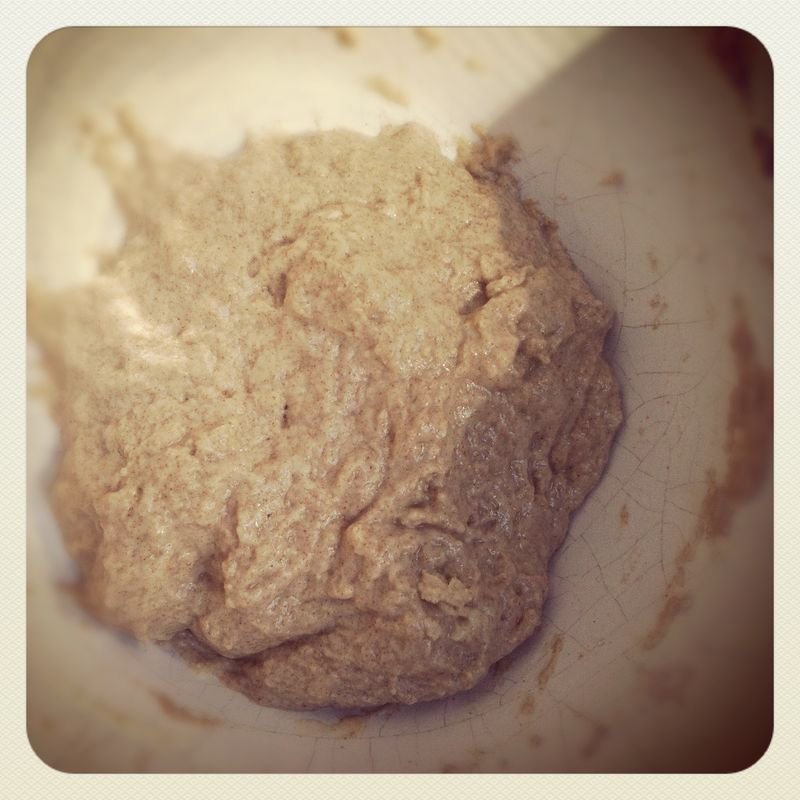

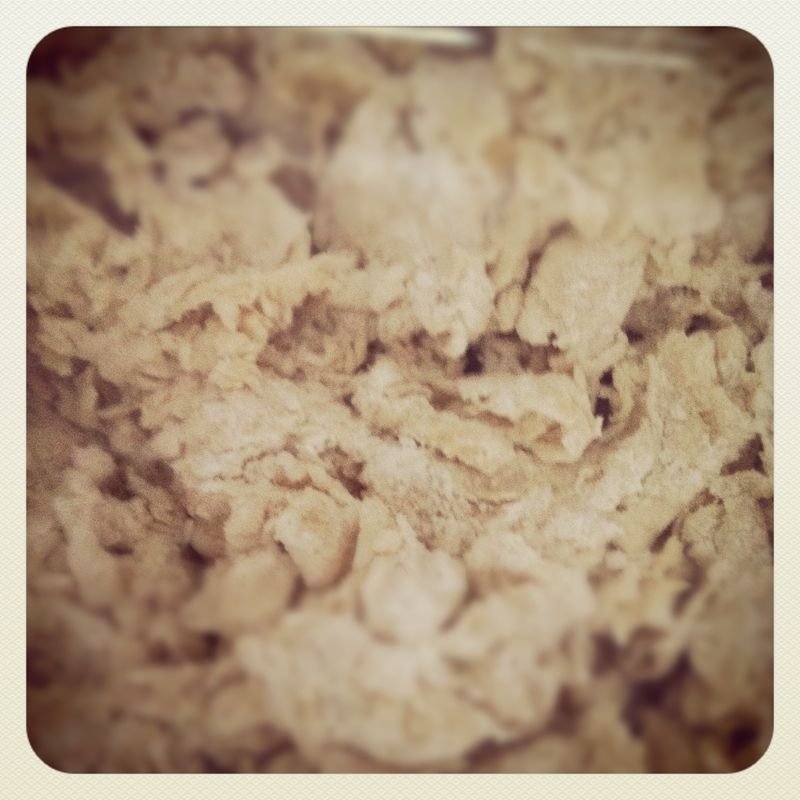
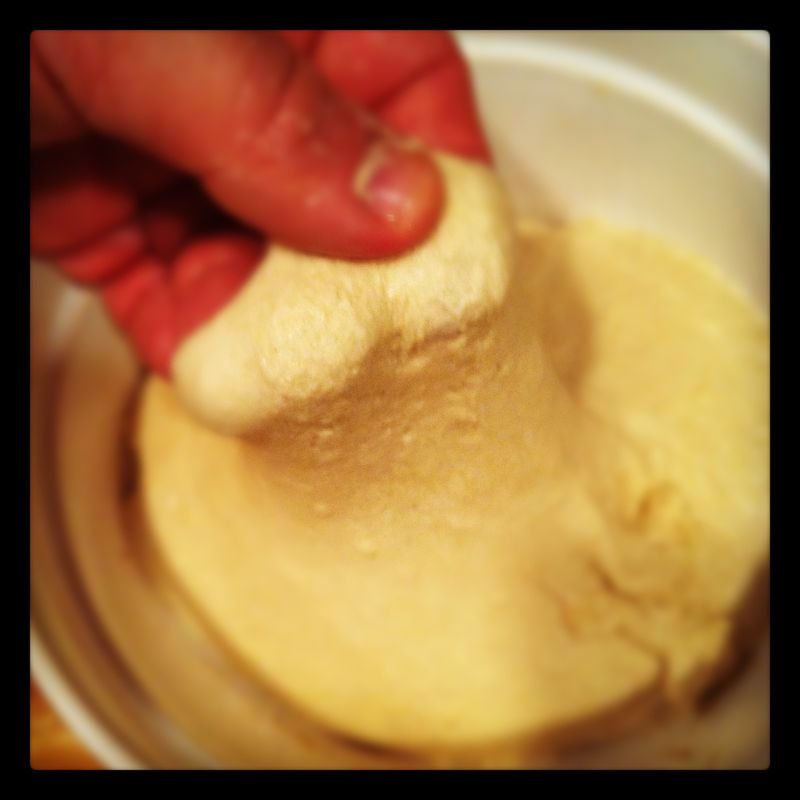
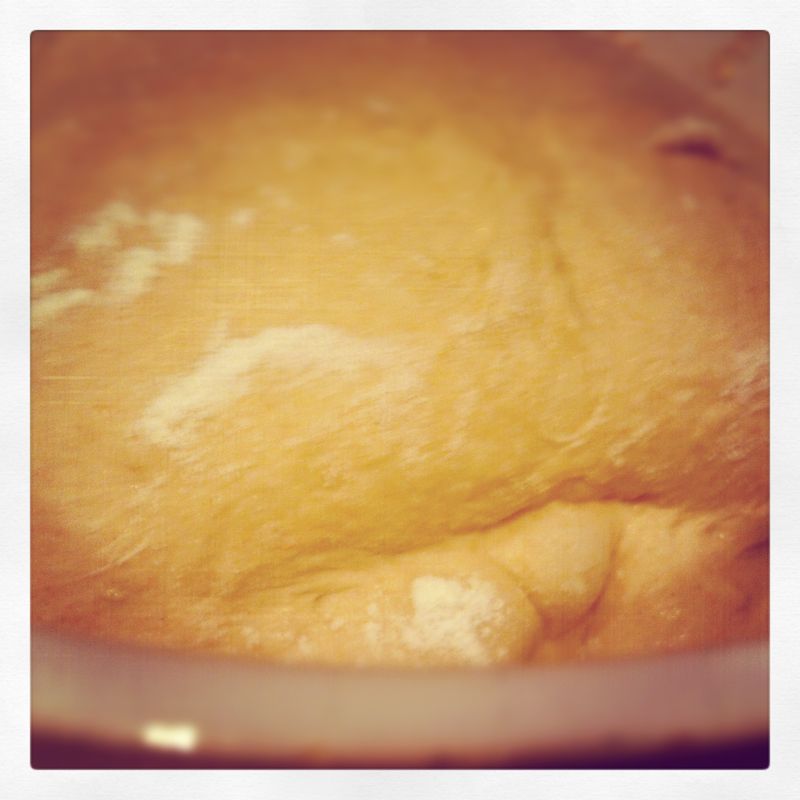
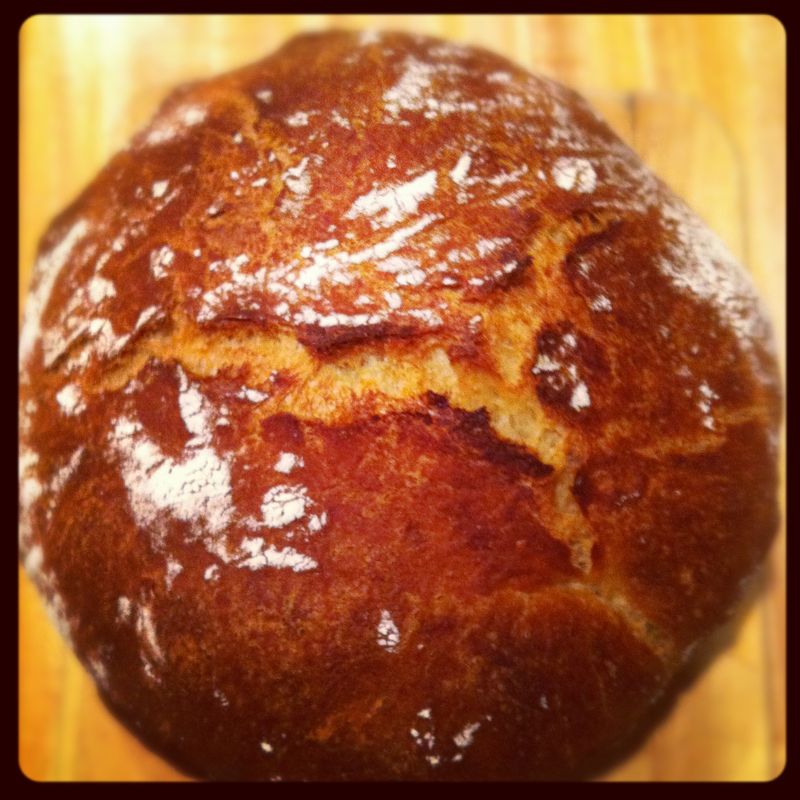
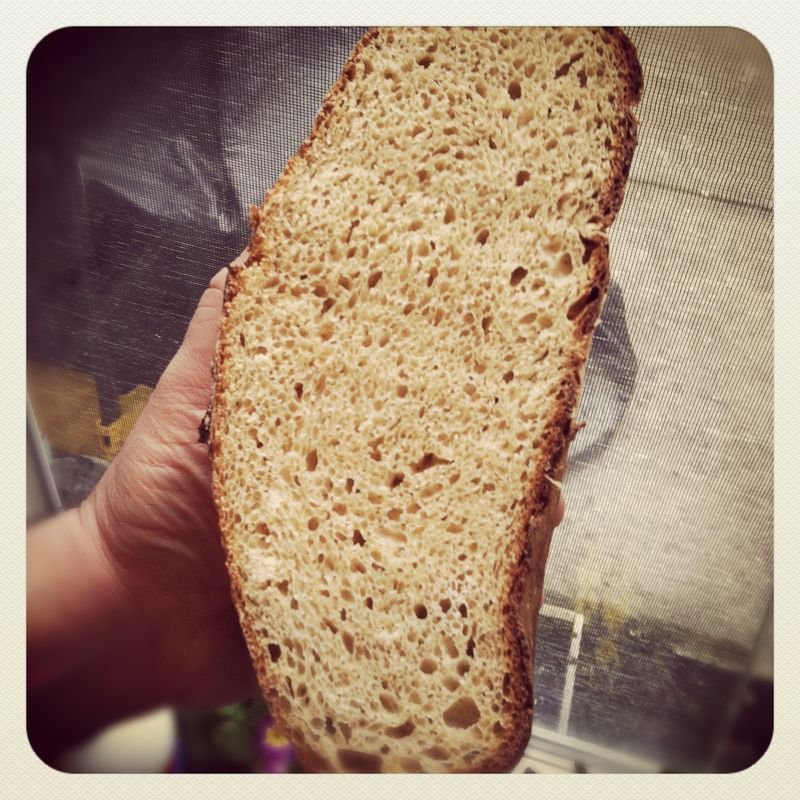


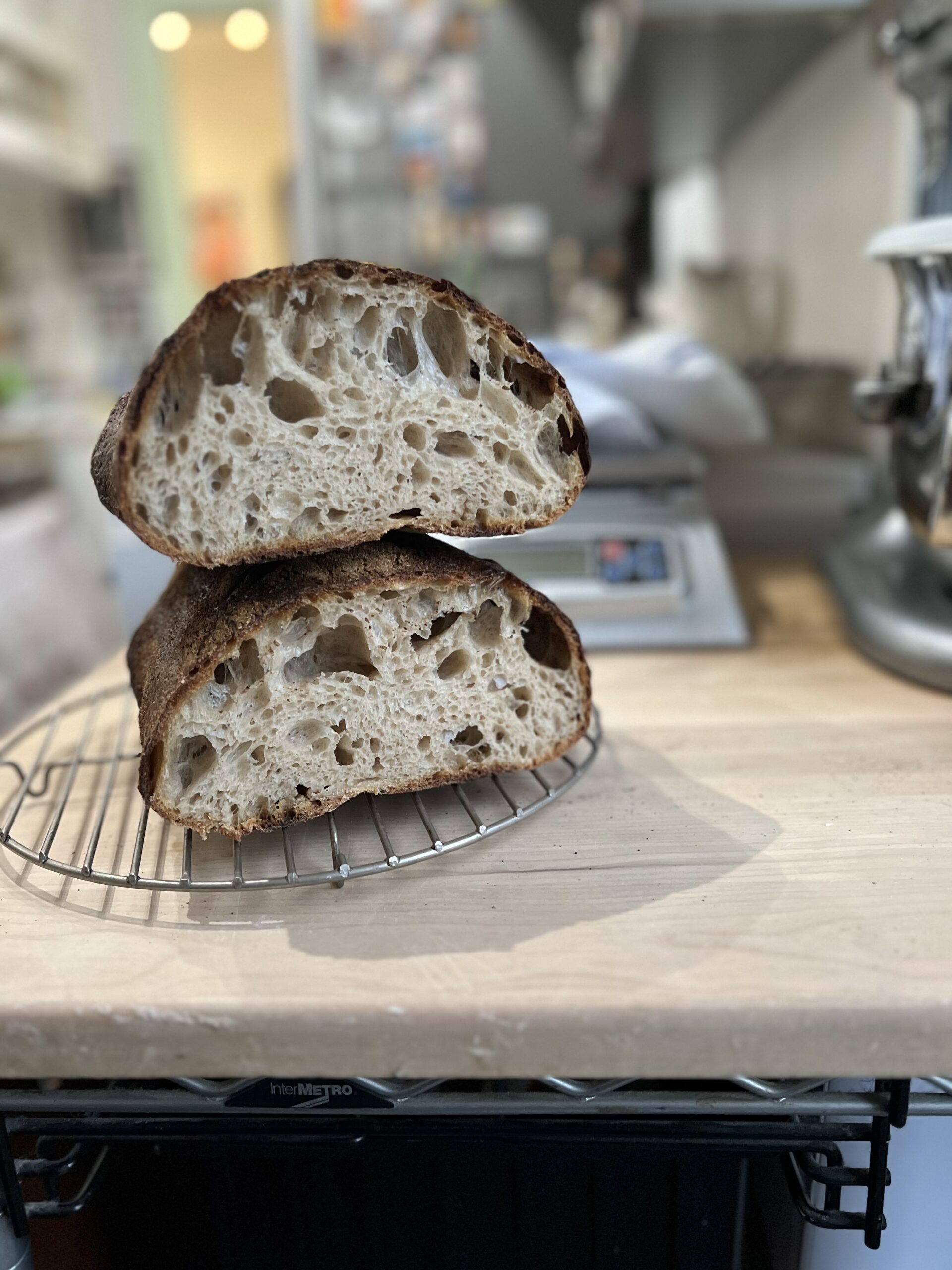

0 Comments